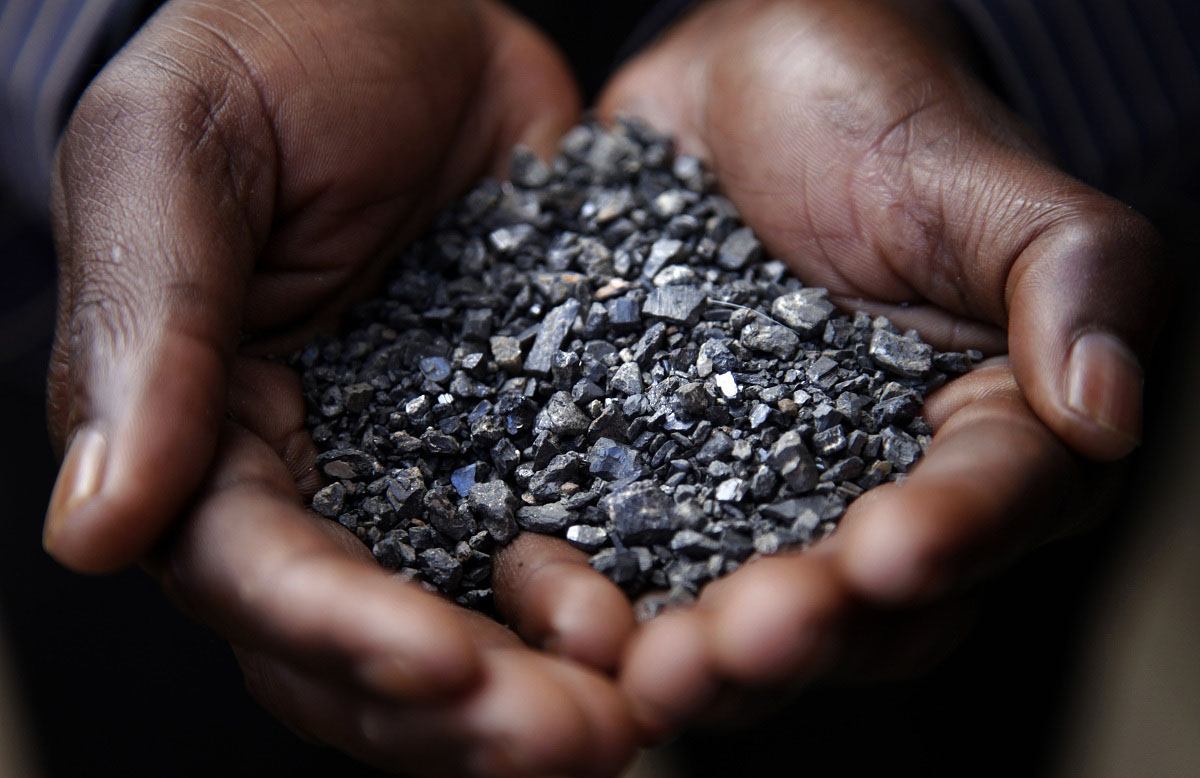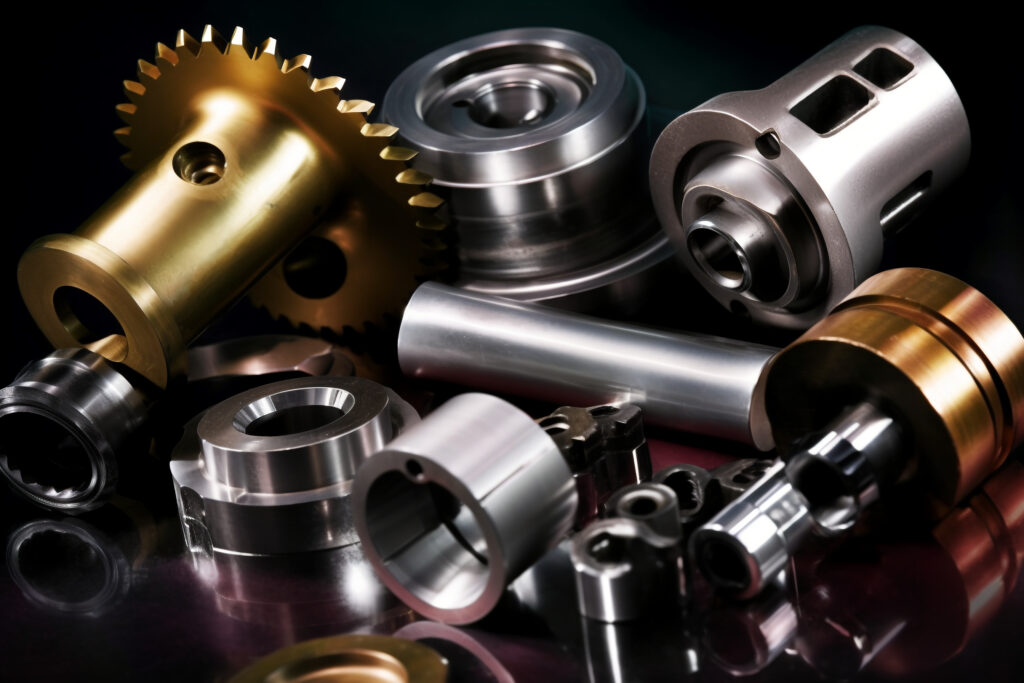Overview
In modern industry and manufacturing, the choice of materials is critical to the quality and performance of products. Pure tungsten and tungsten carbide are two important materials with significant performance advantages. They are used in a wide range of applications due to their excellent hardness, wear resistance and high temperature resistance.
Importance of Pure Tungsten and Tungsten Carbide
Tungsten is a high-density and high-melting-point metal whose hardness and strength are particularly outstanding at high temperatures. As a pure element, tungsten remains stable in high-temperature environments and is not susceptible to volatilization or deformation, making it the preferred material for many high-temperature applications.
Tungsten carbide, on the other hand, is a compound of tungsten and carbon, and is known for its hardness close to that of diamond and extremely high wear resistance. Tungsten carbide plays an irreplaceable role in the manufacture of tools and molds, significantly improving machining efficiency and product life.
Pure Tungsten and Tungsten Carbide in Industrial Manufacturing
Tungsten and tungsten carbide each play a unique role in industrial manufacturing. Tungsten is commonly used in the manufacture of incandescent filaments, electrodes, high-temperature components and radiation shielding materials due to its ability to maintain performance under extreme conditions. Its high density also makes it useful in aerospace applications for components that require high quality and strength.
Tungsten carbide, however, is widely used in the manufacture of cutting tools, dies, molds, nozzles, bearings and seals due to its extreme hardness and wear resistance. The long life and consistent performance of tungsten carbide tools can significantly increase productivity, reduce downtime and maintenance costs.
Understanding the characteristics of tungsten and tungsten carbide and their applications in different fields can help engineers and manufacturers make more informed decisions on material selection and improve product quality and productivity.
What is Tungsten Carbide
Tungsten carbide is a compound made by combining tungsten and carbon in a 1:1 atomic ratio. It is known for its extremely high hardness and wear resistance, and is usually present in the form of a gray powder. Tungsten carbide has a hardness close to that of diamond and also has excellent wear resistance and high temperature stability. It is processed into various shapes of tungsten carbide products through the sintering process and is widely used in industrial and manufacturing fields.
Strengths
- Extremely high hardness: with a hardness close to diamond, it excels in many cutting and grinding applications.
- Excellent wear resistance: retains its shape and function under high wear conditions, extending the life of tools and components.
- High-temperature stability: maintains its hardness and strength at high temperatures, making it suitable for high-temperature machining and operating environments.
- High strength: excellent strength, able to withstand high pressure and impact.
- Versatility: can be machined into various shapes and sizes for a wide range of applications, including cutting tools, molds, mining tools and wear parts.
Defects
- Highly brittle: easily ruptured on impact or high stress.
- Difficult to machine: due to its extreme hardness, it needs to be machined with specialized tools and processes, such as electric discharge machining (EDM) and grinding.
- Higher costs: especially for high-precision and complex shape applications.
- Limited ductility: this means that in some applications it may be necessary to use it with other materials to improve toughness and ductility.
What is Pure Tungsten
Tungsten is a grayish-white metal known for its extremely high melting point and density. With a melting point of 3422°C, tungsten is the highest of all metals. Its density is 19.3 g/cm³, nearly twice that of lead. Tungsten exists in nature mainly in the form of tungsten ores, such as scheelite (calcium tungstate) and wolframite (ferromanganese tungstate). Tungsten is widely used in many industrial fields, especially in high-temperature and high-strength applications.
Strengths
- Very high melting point: The high melting point makes it suitable for high-temperature environments such as rocket nozzles, heat shields and high-temperature furnaces.
- High density: Its high density makes it ideal for radiation shielding and is widely used for medical and industrial radiation protection, as well as for armor-piercing bullets and protective devices in military applications.
- Excellent strength: It retains its strength at high temperatures, making it suitable for applications requiring high temperature and high pressure conditions, such as turbine blades and high temperature crucibles.
- Good electrical and thermal conductivity: Widely used in electronic and electrical applications such as filaments, electrodes and electron tubes.
- Corrosion resistance: Excellent corrosion resistance to most acids and alkalis, widely used in the chemical industry.
Defects
- Brittle: Fragile at room temperature, easy to crack or fracture.
- Difficult to process: High hardness and high melting point make it require special processing techniques and equipment for processing.
- High cost: High mining, extraction and processing costs, especially for high purity tungsten.
- Limited resources: Mineral resources are relatively scarce, which can lead to instability in the supply chain.
Performance Comparison
| Performance Indicator | Pure Tungsten(W) | Tungsten Carbide(WC) |
| Ingredients | Pure elemental metal | Compounds of tungsten and carbon |
| Hardness | Mohs hardness of about 7.5 | Mohs hardness of about 9-9.5 |
| Melting Point | 3422℃ | 2870℃ |
| Density | 19.3 g/cm | 15.6 g/cm |
| Abrasion Resistance | Good | Excellent |
| Ductility | Better | Poorer, more brittle |
| Corrosion Resistance | Good, corrosion resistant to most acids and bases | Good, but may not be as good as pure tungsten in some chemical environments |
| Electrical Conductivity | Higher | Lower, but still conductive enough |
| Thermal Conductivity | 173 W/m·K | 84 W/m·K |
| Intenstity | Excellent at high temperatures | High strength, but may not be as good as pure tungsten at high temperatures |
| Modulus of Elasticity | 411 Gpa | 530~700 GPa |
| Applications | High-temperature components, rocket nozzles, electrodes, radiation shielding, aerospace | Cutting tools, molds, wear parts, decorations, mining tools |
Tungsten and tungsten carbide both have their own advantages. Pure tungsten has an extremely high melting point and good electrical conductivity for high temperature and electrical applications. Tungsten carbide is widely used in cutting tools and molds due to its extremely high hardness and wear resistance. While pure tungsten excels at high temperatures, tungsten carbide is important in the field of wear resistance. Understanding the properties of both can help in choosing the best material for different applications.
Pure Tungsten vs. Tungsten Carbide
So, which is better, pure tungsten or tungsten carbide?
In short, which is “better” entirely depends on the specific needs of the application:
If you need a material with an extremely high melting point, good electrical and thermal conductivity, pure tungsten is the better choice.
If your application requires extreme hardness, wear resistance and toughness, tungsten carbide is the better choice.
There is no absolute “better” material, only the one that is better suited to specific conditions. In practical applications, the choice of material should take into account the material properties, cost, processing difficulty and the performance requirements of the final product.
If you have a need, you can choose to trust us, a manufacturing company with more than twenty years of experience. We can help you analyze your specific needs, provide professional advice, and ensure that you select the most suitable material to optimize product performance and cost-effectiveness. Our team of experts has a wealth of experience and in-depth industry knowledge, and is committed to providing you with high-quality solutions.





